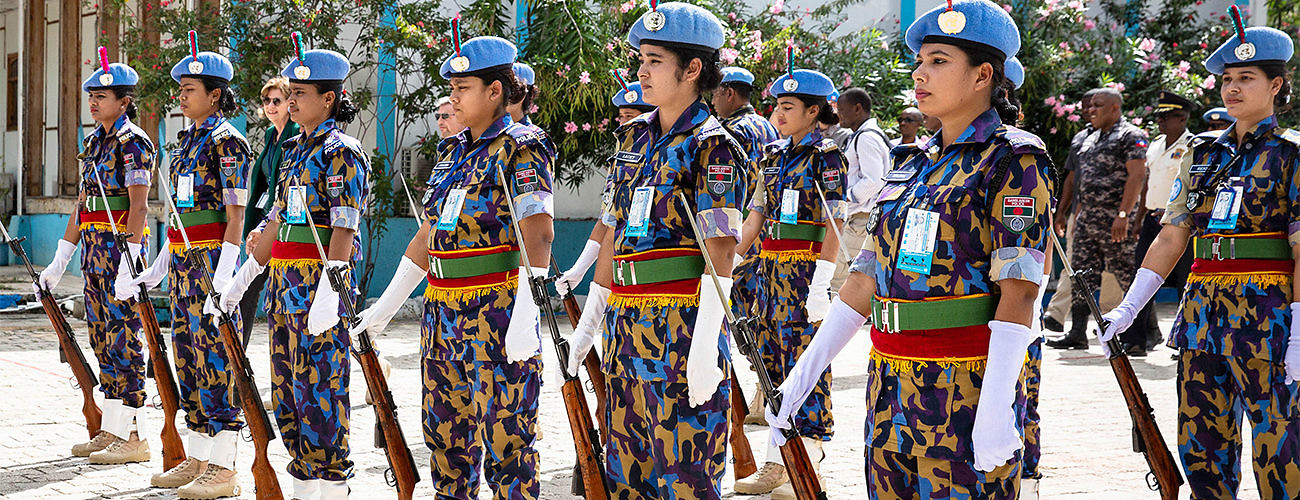 Since 2017, the UN system has undergone a historic process of reform at several levels and across many entities. Several of these reforms have either directly aimed at improving the planning of UN missions or included elements that have a significant bearing on mission planning. As the focus shifts from designing to implementing these reforms, it is possible to begin reflecting on whether these aims have been met.
Since 2017, the UN system has undergone a historic process of reform at several levels and across many entities. Several of these reforms have either directly aimed at improving the planning of UN missions or included elements that have a significant bearing on mission planning. As the focus shifts from designing to implementing these reforms, it is possible to begin reflecting on whether these aims have been met.This paper takes stock of the various strands of UN reform and explores their impact on the planning of UN missions, drawing on the experiences of four missions that have recently started or transitioned. In addition to the peace and security, management, and development system reforms, it looks at the impact of several other recent initiatives. These include the launch of a series of independent strategic reviews of peace operations, the reinvigorated use of the secretary-general’s transition planning directives, the rollout of the Comprehensive Performance Assessment System, and the establishment of the Executive Committee.
The paper concludes by recommending that the UN consider:
Tying together the strands of reform related to planning to prevent fragmentation;
Making increased and better use of peace and security management mechanisms at the initial stages of planning to ensure that UN leaders have a unified tone and vision;
More formally and transparently involving the Security Council in strategic reviews;
Clarifying and strengthening the role of all relevant departments and the shared regional divisions in the mission budget process;
Repositioning DPO’s planning cell in the Office of Shared Services to move toward a shared planning capacity; and
Incentivizing lateral movement of personnel across departments and entities to broaden their perspectives.
No comments:
Post a Comment